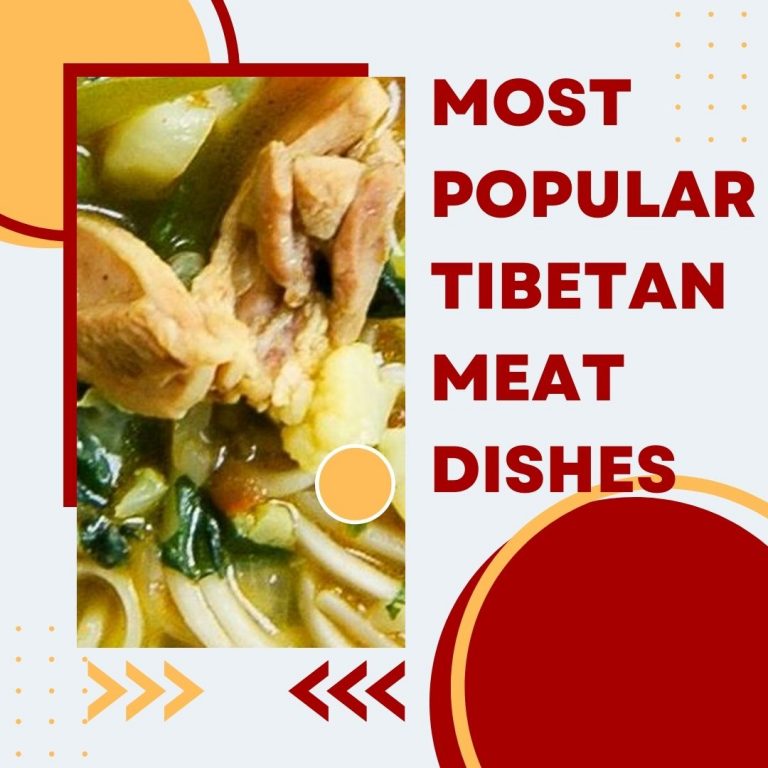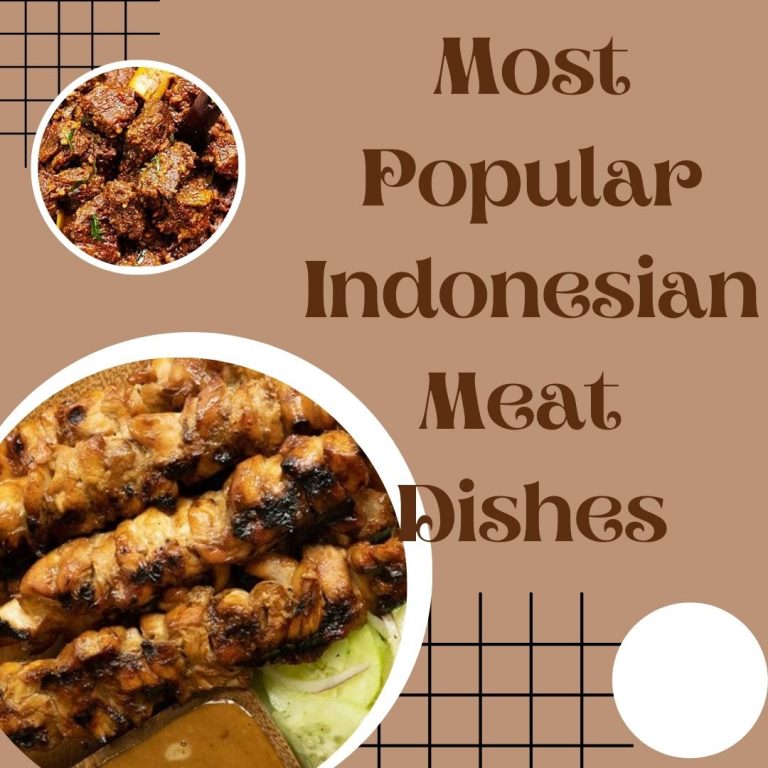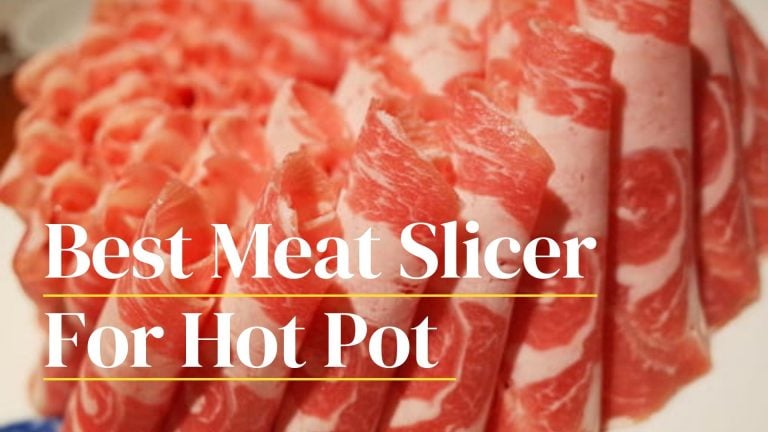16 Most Popular Mongolian Meat Dishes

Mongolian cuisine is primarily made up of dairy products, meat, and animal fat. Meat such as mutton, camel, beef, horse meat, marmot, and sheep are their favorite. Cooked mutton is the most popular Mongolian foods. Steamed beef dumplings known as buuz, are also popular throughout the city.
Mongolia’s tough continental climate has influenced the traditional Mongolian food. Vegetables and spices are used sparingly. Mongolian food is influenced by Chinese cultures and Russian cuisine due to its geographic proximity and deep historical ties with China and Russia.
Mongolian citizens drink lots of wild fruit juice, milk tea, and home-brewed alcoholic beverages. For breakfast and snacks throughout the day, a various dairy foods are available, such as bread and butter. Residents always have fried bread and pastry for breakfast and lunch.
Today, we are going to talk about the most popular Mongolian dishes. If you want to learn more about these Mongolian traditional dishes, scroll down and continue reading.
Mongolian Meat Dishes
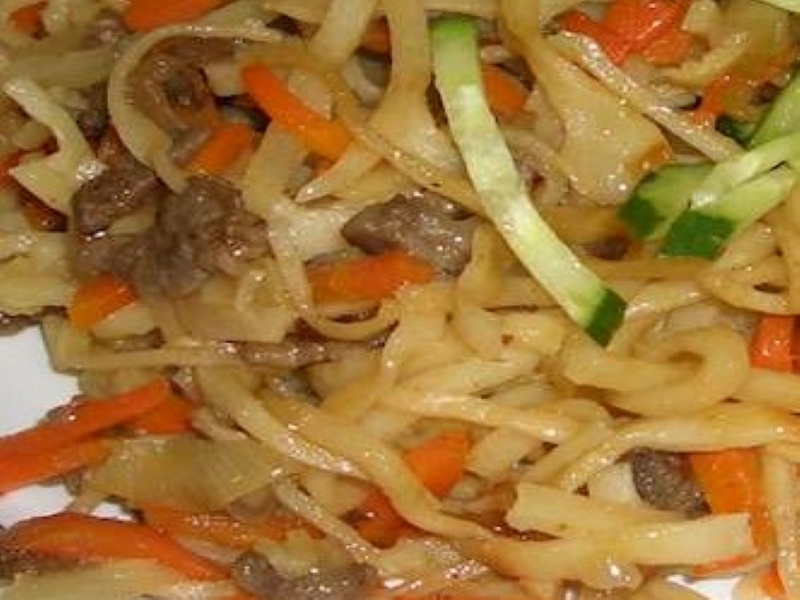
Tsuivan
Tsuivan is a popular Mongolian noodle dish. Basically, this is a traditional Mongolian Noodles with meat and veggies. The primary dish is homemade noodles fried with meat usually, sheep and beef, and onions. If horse meat is added to the recipe, the stir-fried noodle tastes extremely wonderful. Because most people find the dish to be quite filling, the dish can be shared with friends or family.
Stir fried noodle Tsuivan is a favorite dish or Mongolian men, since it serves a large enough portion to fill their bellies.
Tsuivan is prepared with hand-made basic flour dough by Mongolians. The meat is normally mutton, but it can also be horse meat, beef, or pork, and it’s cooked in a large frying pan with carrots and onions sliced into long strips. The stew blends with the vegetables’ natural flavor provides a distinct flavor.
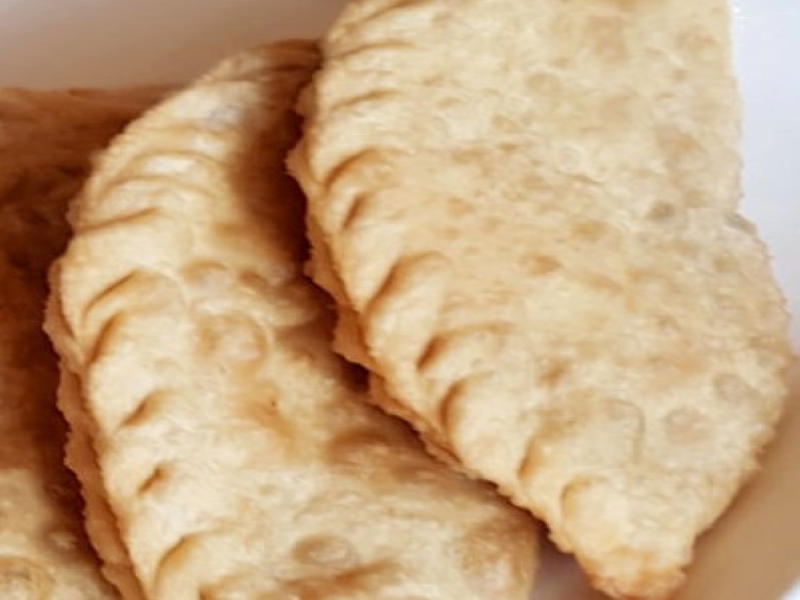
Khuushuur Deep Fried Dumplings
Khuushuur is a Mongolian meat pastry or dumpling that is comparable to Russian and other cuisines such as chiburekki or garlic chives wrap. Ground beef, mutton, or camel meat is combined with onion or garlic, salt, and other spices. This Mongolian food is small, half-moon shaped fried pastries. The cook makes circles out of the dough, then inserts the meat inside and folds the dough in half to make a flat half-circular pocket. The cook then presses the sides of the pockets together to seal them. The round shape of a type of Khuushuur is achieved by pressing the dough and mince together with a dough roller.
This Mongolian cuisine has a similarity to buuz in that the meat is prepared similarly and cooked in a dough pocket, with the exception that buuz is steamed rather than fried.
The most notable distinction between Khuushuur and steaming Buuz is that Khuushuur is deep-fried in oil until it achieves an appealing golden brown color. It has a crunchy surface and rich stuffing inside.
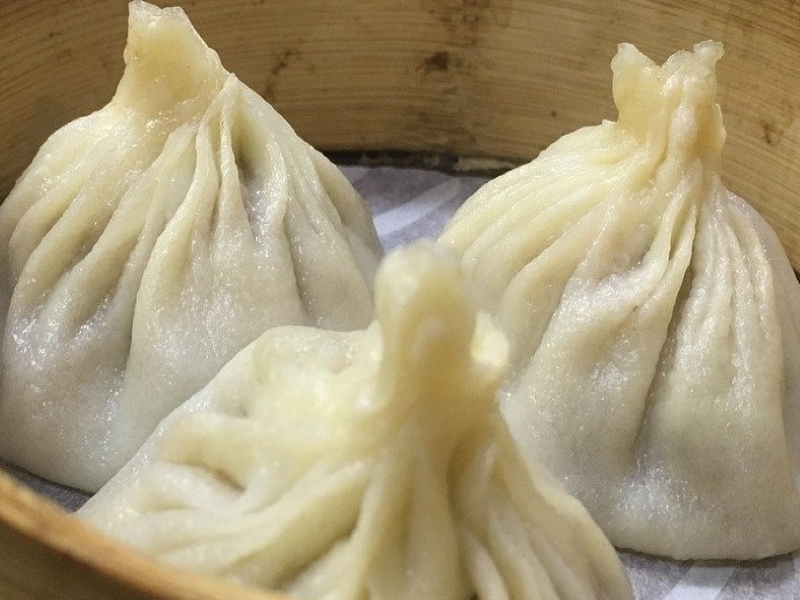
Buuz
Mongolian steamed dumplings loaded with meat are known as buuz. The Mongolian dumpling is usually served at home during Tsagaan Sar, the Lunar New Year, and is an example of classic Mongolian cuisine and Buryatian cuisine. It is now available in restaurants and small cafes across Ulaanbaatar, Mongolia’s capital city.
Buuz is Mongolia’s variant of the steamed dumpling, which are available around the country. Its origins can be traced back to China, as baozi, the Mandarin word for steamed dumpling. They are consumed in large numbers throughout year, but particulary during the Mongolian New Year celebrations, which take place in February. Buuz are made ahead of time and frozen. They are served with salads and fried bread, as well as suutei tsai, a Mongolian tea and vodka.
Buuz are stuffed with salted minced mutton or shredded beef that has been flavored with onion or garlic. Occasionally, sprouted fennel seeds and other seasonal herbs are added to the mix. You also have the option to add mashed potato, cabbage, or rice.
The meat ball is then placed within a little pocket of flour dough that is folded around it with a small opening at the top in the chef’s own way. The buuz is then cooked and eaten by hand, with the meat juices caught in the dough pocket.
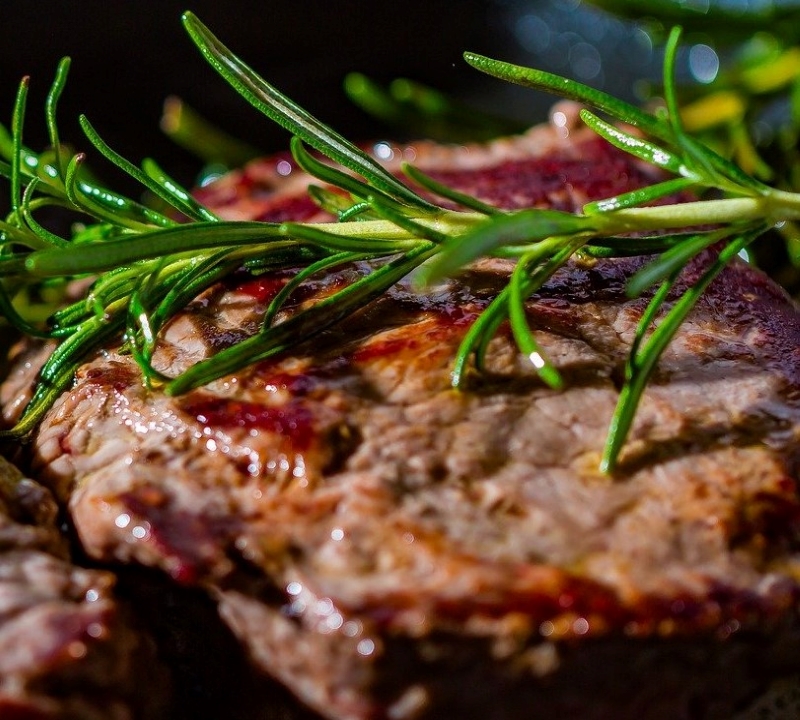
Khorkhog, Mongolian Barbeque
Mongolian cuisine includes a barbeque dish known as khorkhog. Khorkhog is created by cooking pieces of beef in a container with hot stones and water, as well as being heated from the outside.
Mongolians cook khorkhog by cutting lamb into appropriate-sized pieces while leaving the bones intact. Goat meat can be substituted. After that, the cook places ten to twenty fist-sized stones over the fire. When the stones are heated enough, they are placed in the cooking container with the meat. Metal milk jugs are a popular and traditional option, but any container sturdy enough to hold the hot pebbles would suffice.
The heat from the stones and the steam from the jug will cook the meat inside. If the stones aren’t hot enough, the cook may place the jug on a fire or on the stove. Because of the heat and the fat absorbed from the lamb, the stones will turn black. While the cook listens to and smells the meal to determine when it is done, the jug remains covered. It can take up to an hour and a half for the stones to sufficiently cook the meat. When the dish is complete, the cook distributes meat portions as well as hot stones, which are tossed from hand to hand and are supposed to have benefits. Although utensils, such as knives can be used to slice the flesh off the bone, most people consume khorkhog using their fingers.
In Mongolian cuisine, this Mongolian bbq is a popular dish, however it is rarely served in restaurants.
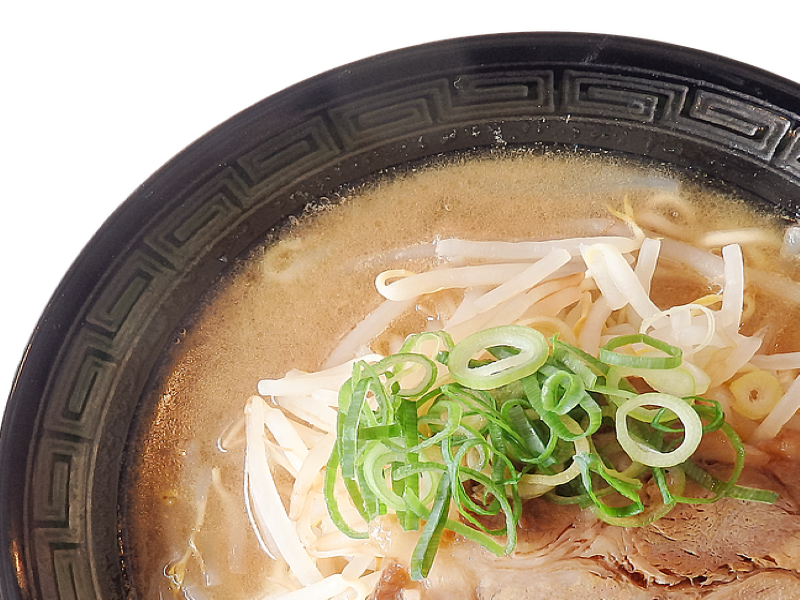
Guriltai Shul Noodle Soup
This meal is similar to tsuivan, except instead of being fried, the noodles are cooked with enough water to create a soup.
It is one of Mongolia’s most popular Mongolian dish. Guriltai shul refers to “noodle soup” in Mongolian.
This dish’s noodles can come in any size or form. Mutton soup or stock is served with noodles and vegetables in this traditional Mongolian dish. Although fatty meat is required in the original recipe, loin meat can also be substituted.
A special guriltai shul version that is recommended is tasalan guriltai shul. It is made entirely of soup and hand-cut flat bread pieces. The soup is made with boiled beef or lamb bones and ingredients that complement each other. It is best served warm.
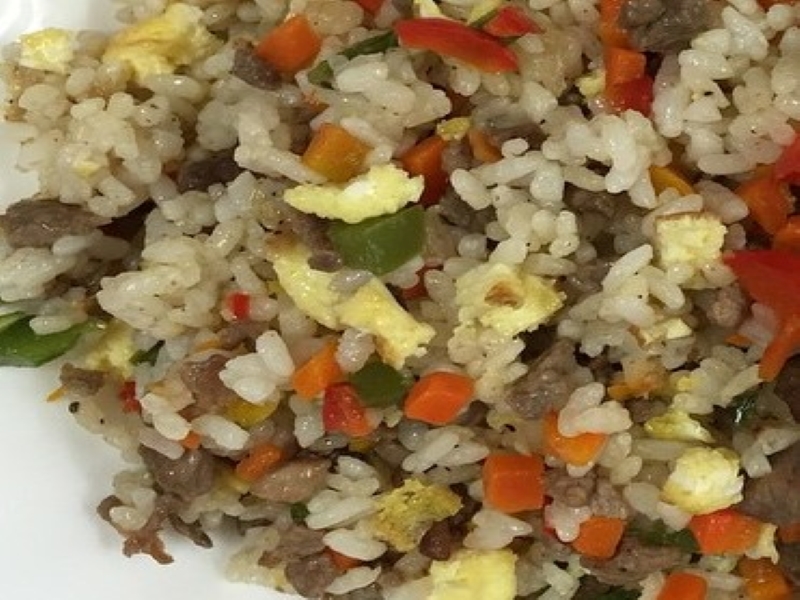
Buudatai Huurga/Mongolian Beef Fried Rice
Rice with shredded beef or meat on top. Mongolian cuisine is known for this delicious fried rice dish. It incorporates a variety of ingredients in addition to rice and meat, such as eggs, cumin, carrots, soy sauce, bell peppers, spring onions and so on.
If you don’t have any beef, you can use lamb instead. This recipe can be made with leftover cooked rice, but for the best results, use freshly cooked rice.
This satisfying dish, which may be served for lunch or dinner, has a delectable kick to it.
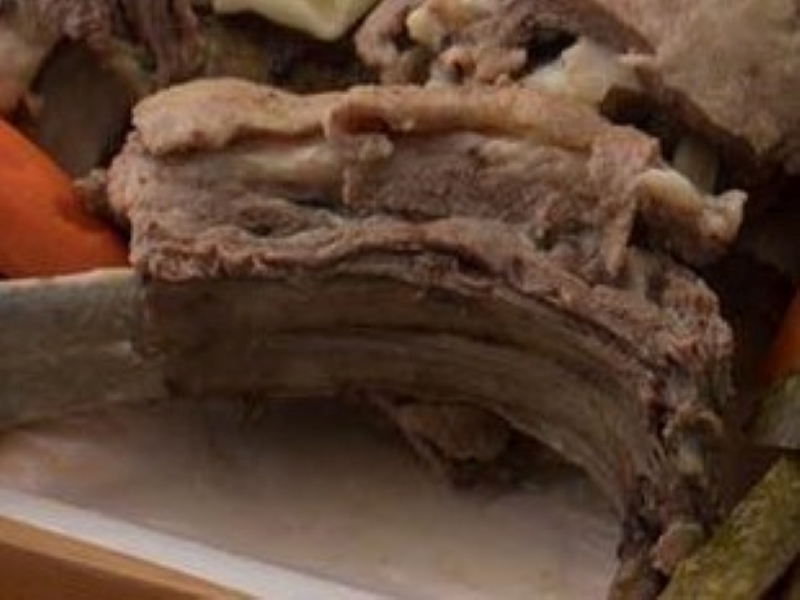
Chanasan Makh
Another traditional Mongolian dish is Chanasan makh. It consists of boiled meat, such as beef or mutton with innards. Chanasan Makh is usually prepared for special occasion or if there is a guest. Boiled fatty meat, such as sheep, beef, goat, with salt and some vegetables such as potatoes, carrots, and cabbage are the major ingredients of this dish.
To prepare this dish, the meat is chopped into chunks and salted water is used to cook it. Once the meat becomes tender, it is taken out and serve. It is a tradition that the head of the family or the distinguished guest will be the one to receive the first serving of the food, demonstrating the family’s respect for him or her. This dish is usually serve for breakfast.
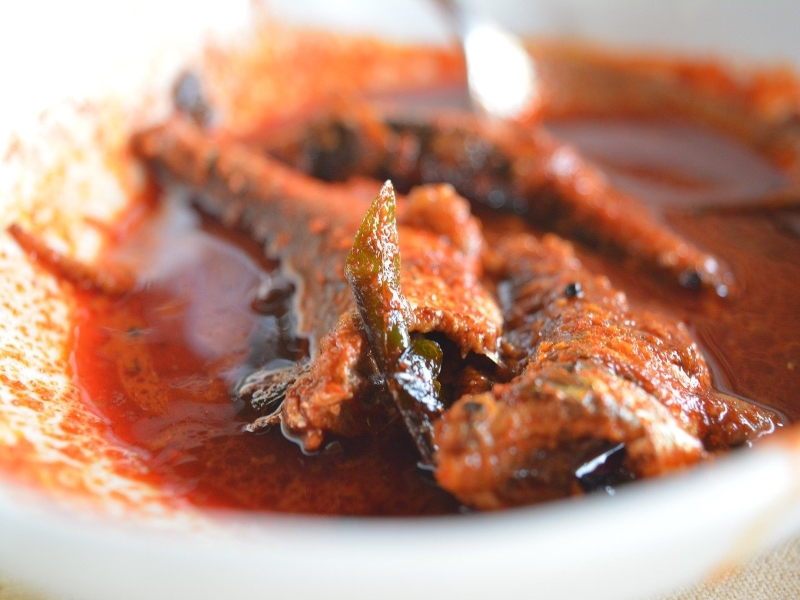
Mongolian Fish Curry
Mongolian version of fish curry is made with tender flaky white fish and a delectable sauce that is made of coconut milk and a variety of spices, such as cumin, coriander, and fenugreek. These used in the special sauce to compliment the mild flavor of the fish.
This fish curry meal is reminiscent of traditional Indian curry and several Eastern cuisine dishes. The fundamental flavor of this fragrant dish, however, is distinct from others due to the unusual combination and the fish meat. This is definitely considered a fulfilling food.
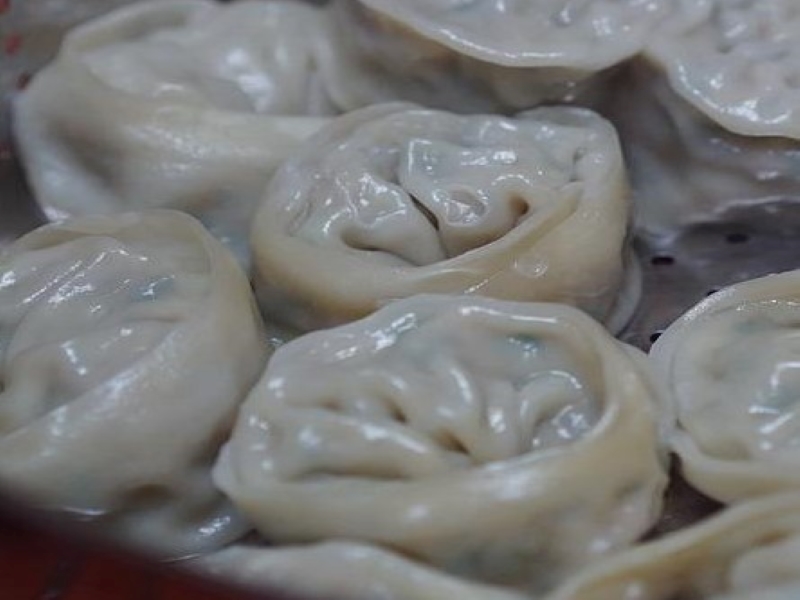
Bansh/Boiled Meat Pockets
Bansh is a variety of dumpling that has the same appearance to Buuz. Beef or mutton with onions, garlic, and seasonings are also included. On special occasions or rituals, bansh is usually prepared. It can also be boiled, steamed, or fried.
In a meal, it is frequently served with soup or bouillon. Milk tea, also known as banshtai tsai, is a popular beverage to have with Bansh. These pairings are the Mongolian people’s favorite.

Boodog/Goat Mongolian Barbecue
Boodog is a Mongolian dish made with heated stones put into the carcass of a goat barbecue or Tarbagan marmot. It’s only made for special events. The meat is cooked with hot stones in a sealed milk container (khorkhog) or the de-boned body of the animals, which is often accompanied by vegetables.
It is a meaty, traditional Mongolian stew with a meaty aroma and flavor.
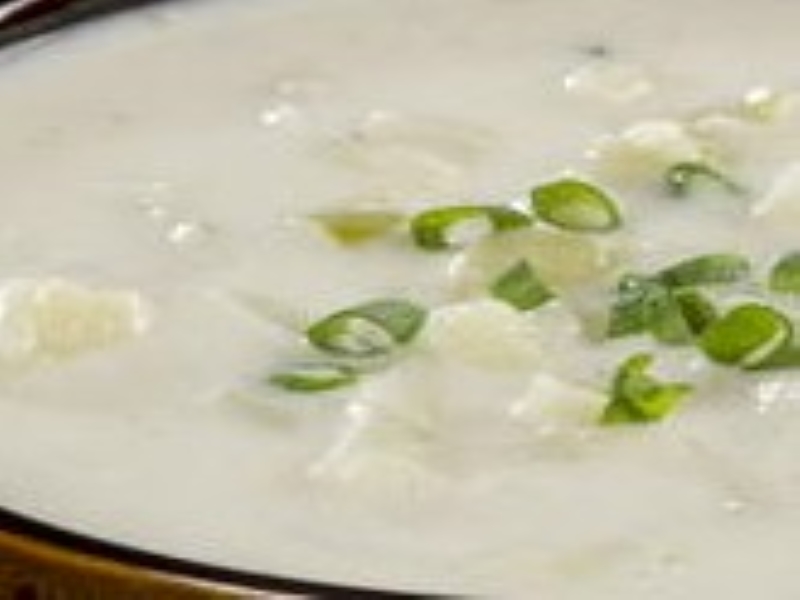
Bantan
Bantan is a popular Mongolian soup that is used as a hangover treatment and can be one of the greatest Mongolian dishes for those who have had too much to drink the night before. It is created using tender beef or lamb and a small amount of dough crumbs. Cooking and serving bantan is a breeze. It is usually serve for breakfast.
Basically, this Mongolian food is a thick porridge-like dish cooked with a meat-and-onion soup. Flour is added by the locals to make the dish thicker.
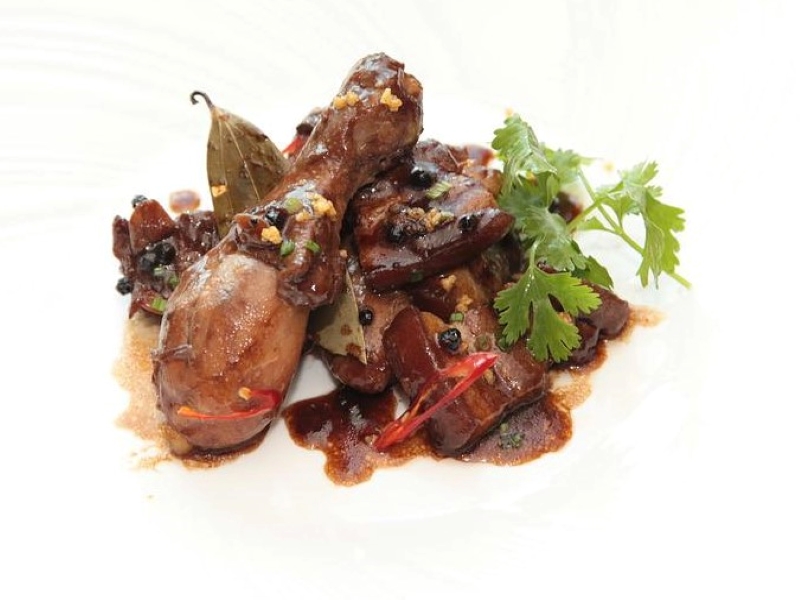
Mongolian Chicken
Mongolians frequently stir-fry chicken in a soy-based sauce and consume it with rice. Mongolian chicken and beef dishes are both Chinese-American cuisines that are also popular in the United States. These Mongolian foods can be found at practically any Chinese restaurant.
The flavor of this Mongolian dish is influenced by the flavorful sauce. Hoisin sauce, soy sauce, pepper, ginger, garlic, and cornstarch are all used to give it a thick texture. Green onions are commonly used in this meal, however mushrooms, carrots, broccoli, or bean sprouts can be used instead, depending on the cook’s desire.

Uuz/Stewed Mutton Back
Another Mongolian traditional food is Uuz. Served on Tsagaan Sar’s table, next to Ul Boov, which is the shoe sole cake. Uuz is also served in important occasions like weddings. Mongolians have long consumed it since the earlier civilizations.
The back of a mature sheep with a significant amount of fat around the tail is the focus of this meal. Lower fatty back and the tail of mutton or sheep is cook in a steam chamber for three to five hours.
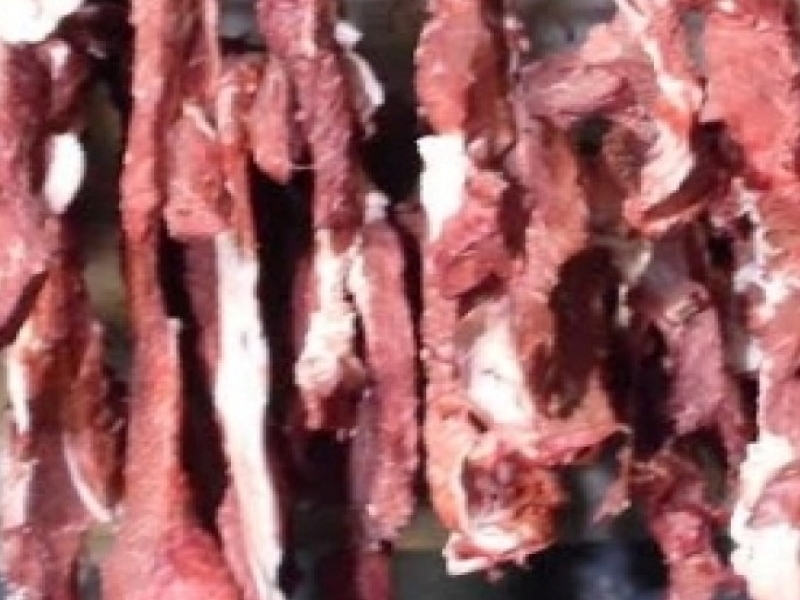
Borts/Mongolian Jerky
Borts is air-dried pork chopped into large strips which are hung in the shade. The Mongolian nomadic lifestyle and the local weather factors gave rise to specialized methods of preserving meat. The most common is ‘bortsloh,’ or air drying.
Beef, camel, or goat meat can be used to make borts. The fresh meat is chopped into long strips, 2-3 cm thick and 5-7 cm wide. The strips are placed on strings under the roof, where the air is free to circulate. After roughly a month the flesh is dried, having hardened into little, hard, wooden-like sticks with a brown tint. This process of preservation makes the volume of the meat to shrink dramatically. The dried borts is broken into tiny pieces or ground to a gritty and fibrous powder. It is stored in a linen bag, which permits contact with air. This method of storing protects the quality of the meat for months, if not years, in Mongolia’s dry climate. Borts is now also industrially produced and sold by the kilogram in paper bags. This is ideal for city folks who do not have access to a ger to dry their meat. Traditionalists, on the other hand, argue that those products’ flavor cannot match to that of the homemade type.
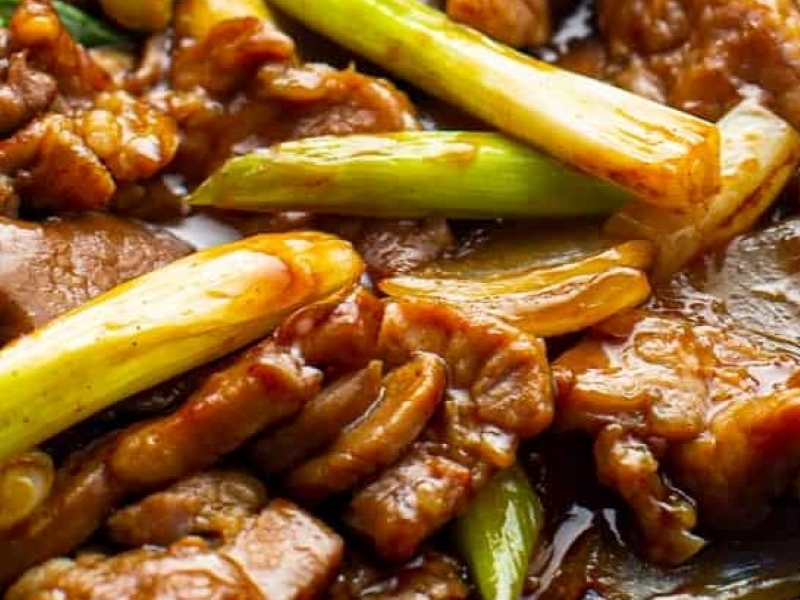
Mongolian Lamb
Mongolan Lamb is stir-fried in a sweet and spicy hoisin sauce. The major ingredients in this dish are lamb and baking soda. Basically, this Mongolian dish lies in the sauce.
To prepare this, a pinch of baking soda is added to the lamb, and it is left overnight. This wonderful dish is perfect for dinner.
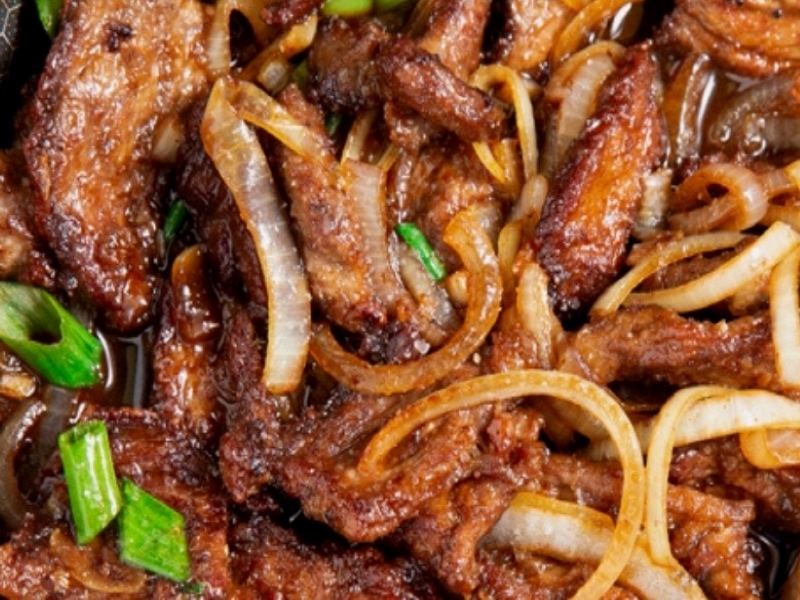
Mongolian Beef
Mongolian beef consists of sliced beef, usually made with onions, garlic, ginger, and brown sugar to enhance the flavor. The beef are sliced into thin and ling cuts.
To make this Mongolian dish, the Mongolian beef is simmered with soy sauce in a crockpot for a long time, usually up to a day.
It is recommended to prepare this Mongolian food a day, ahead of time because the cooking process takes a long time.
This beef stew is perfect for everyday meals or special occasions. For a complete meal, it’s frequently served with freshly cooked rice or fried rice. It is one of the best Mongolian foods.
How To Make Mongolian Beef
Ingredients
- 225 grms flank steak, sliced
- 2 tbsp cornstarch (divided)
- 2 tbsps brown sugar
- vegetable oil
- 1 tsp soy sauce
- 4 dried red chili peppers
- 2 cloves chopped garlic
- 1/4 cup soy sauce (low sodium)
- 2 scallions
- 1/2 teaspoon ginger, minced
- 1/4 cup hot water
Instructions
- Add 1 teaspoon soy sauce, 1 teaspoon oil, and 1 tablespoon cornstarch to the sliced meat. Set aside and marinate for 1 hour. After marinating, the beef should be juicy. If it appears to be too dry, add a tablespoon of water.
- After that, thoroughly coat the marinated beef pieces in the remaining 1/4 cup cornstarch.
- Then, brown sugar and boiling water should be mixed in a small bowl, until the sugar is dissolved. Add the 1/4 cup soy sauce with low sodium. Because the saltiness of different soy sauce brands vary, taste the sauce and adjust the sugar/soy sauce/water/ quantities to your liking.
- In a wok, heat 1/3 cup vegetable oil over high heat. Spread the flank steak pieces evenly in the wok just before the oil starts to smoke, and sear for a minute. Turn over and sear for another 30 seconds on the other side. Place on a sheet pan to cool. Allow the oil to drain to one side by tilting it gently. Searing the steak with a crusty layer is recommended.
- Discard all but 1 tablespoon of the oil from the wok and increase the heat to medium-high. Then, add the ginger and dry chili peppers. Add the garlic after around 15 seconds. Stir for another 10 seconds before adding the sauce that has already been blended.
- Allow the sauce to simmer for 2 minutes before gently stirring in the cornstarch slurry mixture. Cook till the sauce has thickened.
- Toss in the beef and scallions and cook for an additional 30 seconds. Because the sauce should stay to the steak, there should be almost no liquid. If there is still sauce, turn up the heat slightly and whisk until it thickens. Best served with steamed rice.

